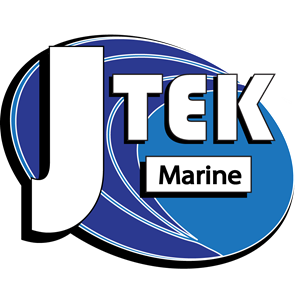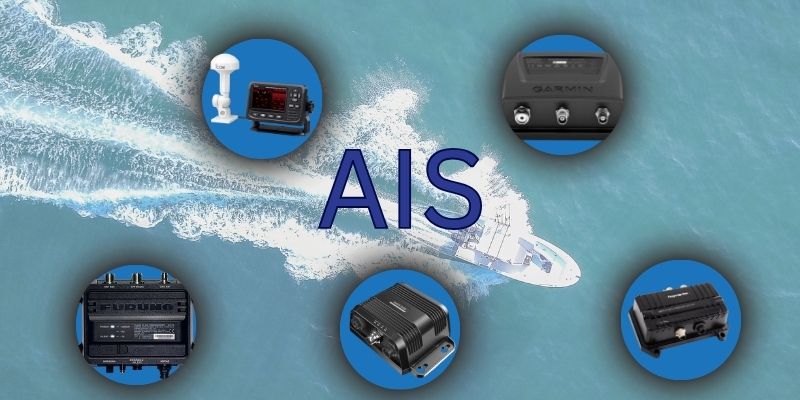Request An Estimate Call Us 772.485.0097
Why You Shouldn’t Leave the Dock Without Automatic Identification System Equipment
An automatic identification system (AIS) transceiver lets your boat see and be seen—broadcasting your position, speed, and identity every few seconds while simultaneously plotting nearby traffic on your chart plotter. That real-time visibility slashes collision risk, satisfies many legal requirements, and even lets loved ones follow your voyage online. In short, AIS automatic identification system equipment is fast becoming as essential as GPS for modern skippers.
What Exactly Is an Automatic Identification System?
AIS is a VHF-radio-based, self-organising time-division multiple access (SOTDMA) network that can handle 4,500+ position reports per minute and refresh as often as every two seconds.
- Two dedicated ship-tracking channels:975 MHz and 162.025 MHz. Each channel is divided into 2,250 time-slots that repeat every 60 seconds.
- Three data sets:
- Static – MMSI, vessel name, length, type
- Dynamic – GPS position, course over ground (COG), speed over ground (SOG), heading
- Voyage-related – destination, ETA, cargo (Class A only)
Because every message is time-stamped by GPS, your plotter can calculate closest-point-of-approach (CPA) and time-to-CPA (TCPA) with metre-level accuracy
Why AIS Matters to Boat Owners
- Collision-avoidance: Commercial captains can hail you by name, and you can monitor big-ship vectors long before radar detects their steel.
- Legal compliance: SOLAS Chapter V Regulation 19 mandates AIS Class A on cargo ships > 300 GT and all passenger craft; many flag states now extend the rule to smaller workboats with Class B+ transceivers.
- Search-and-rescue enhancements: AIS-MOB beacons pinpoint a person in the water within ≈ 4 NM.
- Fleet & family tracking: Free portals like MarineTraffic plot your boat globally—handy for races or passage updates.
Stat check: According to Maritime Education, more than 220,000 commercial and recreational vessels carried AIS equipment worldwide by late 2024, a figure climbing fastest among pleasure craft.
AIS Equipment Classes and Core Specs
| AIS Type | Typical User | TX Power | Protocol Priority | Key Difference |
| Class A | SOLAS ships, ferries | 12.5 W | Highest (SOTDMA) | Includes voyage data |
| Class B (CSTDMA) | Coastal cruisers | 2 W | Low | Cheapest, lowest priority |
| Class B + (SOTDMA) | Offshore yachts, small commercial | 5 W | Mid | 2.5 × range of Class B, guaranteed slots |
How an AIS Transmission Actually Happens – Step-by-Step
- GNSS fix: The transceiver’s GPS determines position and time.
- Slot selection: The unit scans the next 2,250 VHF slots and picks a free one (self-organizing).
- Data packet build: Static + dynamic (and voyage data for Class A).
- VHF broadcast: Packet is sent on Channel AIS 1 or 2 at 2-, 5-, or 12.5-watt power.
- Reception: All AIS receivers inside VHF range decode and plot the target.
- Repeat: Interval depends on vessel speed, class, and navigation status.
Choosing the Right Automatic Identification System Equipment
Vessel & Voyage Profile
- Inland day-boat (<30 ft, ≤10 kt): AIS receiver or basic Class B transponder suffices.
- Coastal cruiser / weekend sailor: Class B or Class B + for better slot priority in busy channels.
- Offshore passagemaker or workboat: Class B + minimum; consider SAT-AIS add-on.
- SOLAS or passenger craft: Class A mandatory.
Request An Estimate Call Us 772.485.0097
Network Integration Checklist
- NMEA 2000 vs. NMEA 0183 – ensure plotter compatibility.
- Antenna plan – dedicated AIS aerial or zero-loss VHF splitter.
- Power budget – Class A peaks ≈ 4 A at 12 V.
- Silent mode – useful for fishing in privacy zones.
Notable 2025 AIS Manufacturers & Flagship Models
| Brand | Flagship AIS 2025 | Class | Notable Feature |
| Icom | MA-510TR | B | Built-in 4.3″ plotter display |
| Furuno | FA-70 | B + | Dual GNSS, IMO-wheelmark |
| Simrad / B&G | NAIS-500 | B | NMEA 2000, black-box design |
| Raymarine | AIS-700 | B | Integrated zero-loss splitter |
| Garmin | AIS 800 | B + | 5 W SOTDMA, USB programming |
| SI-TEX | MDA-5H | B + | Portable casing for small boats |
Key Takeaways
- Automatic identification system equipment is the most effective low-cost upgrade for proactive collision avoidance.
- Class B + transceivers hit the sweet spot for most private boats—5 W power, rapid updates, reasonable price.
- Integration is straightforward: one VHF antenna (or splitter), one GPS puck, one NMEA cable.
- With more than 220 k vessels already AIS-equipped, the network gets more useful every season.
Ready to Move From Theory to Hardware?
Located in Stuart, Florida, J-TEK Marine Electronics offers certified installation services for a wide range of marine electronics, including Raymarine, Garmin Marine Electronics, Furuno, Simrad, and more. Whether you’re planning to upgrade your vessel with a retrofit or require a completely new installation, our experts are here to assist you in identifying the perfect solutions to match your boating and fishing needs. Feel free to reach out to us, 772-485-0097 for a complimentary estimate.

